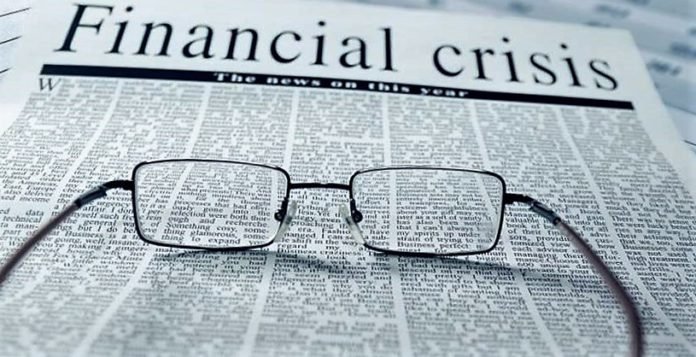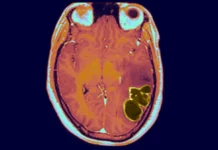The Haunting Similarity: Credit Suisse’s Rescue and Bear Stearns’ Collapse
In 2008, the US government and bankers were forced to salvage Bear Stearns from a disastrous collapse. The desperate measure resulted in the sale of the bank to JPMorgan Chase for a mere $2 a share, a whopping 93% discount from its previous closing price. Recently, the Swiss banking system has faced an uncanny similarity. Regulators and bankers had to band together to save Credit Suisse from the brink of collapse, and UBS purchased the distressed bank for 3 billion Swiss francs ($3.25 billion), roughly 60% less than its value just two days before.
Broader Banking Meltdown Unlikely, but the Risk of Lending Restrictions Looms Large
While Credit Suisse is the first “global systemically important” bank to be rescued since the 2008 financial crisis, financial analysts argue that the recent rescue does not mark the beginning of another worldwide economic meltdown. Instead, the more significant danger is the likelihood of heightened tensions within the financial system that could lead to banks’ lending restrictions.
Central Bank Firepower: An Effective Safeguard Against Economic Crisis?
Although banks in the US and Europe are currently in better financial shape than they were in 2008, it is crucial to note the significant regulatory reforms that have strengthened bank balance sheets and significantly reduced exposure to risky loans. The presence of these reforms has brought greater confidence in regulators’ ability to contain a broader economic crisis. Central banks have developed tools to provide financing to markets quickly, and just recently, the Federal Reserve, the European Central Bank, the Bank of England, and the central banks of Canada, Japan, and Switzerland agreed to make an emergency supply of dollars available until at least the end of April.
Confidence: The Crux of the Banking System
Banks rely heavily on the perceptions of their customers and investors, and Credit Suisse’s relatively healthy capital and liquidity ratios did not save it once the confidence of these stakeholders evaporated. Central banks and governments would struggle to calm markets in the face of a broader collapse in confidence that causes more bank runs. On Monday, shares of First Republic, a regional US bank, plummeted by 47%, even as stock markets recorded gains on investor optimism that regulators have managed to contain the worst of the crisis.
Beware of the Credit Crunch
The sharp increase in interest rates since last year poses a risk to banks, excluding Silicon Valley Bank (SVB). The value of some of banks’ assets, including government bonds, has been negatively impacted by the higher rates. Weaker economic growth and rising borrowing costs are also making it difficult for their customers to repay loans. The risk is that banks, which have already tightened credit and increased provisions for bad debt, adopt an even more cautious approach to lending in response to recent market turmoil. That would crimp consumer demand and business investment and could trigger an economic downturn.
US Treasury Secretary’s Warning: Reluctant Banks and Expensive Credit
US Treasury Secretary Janet Yellen cautions that if banks are under stress, they may be reluctant to lend, causing credit to become more expensive and less available. She also warns that the US federal government may have to come to the rescue of uninsured bank depositors once again if smaller lenders suffer bank runs similar to what befell SVB.
Greater Danger Ahead: A Vicious Circle of Credit Tightening and a Serious Crisis
Neil Shearing, the group chief economist at Capital Economics, sees an even greater danger on the horizon. He warns that a vicious circle could develop, wherein credit tightens, the real economy deteriorates, and default rates start to rise, leading to an altogether more serious crisis.
Conclusion: Hopeful, but Only Time Will Tell
While there are concerns that Credit Suisse’s near-collapse may lead to a broader banking meltdown, most analysts believe that banks are in better financial shape now than they were in 2008. However, the greater risk lies in the possibility that the tensions within the financial system could cause banks to restrict lending, which, in turn, could trigger an economic downturn. The banking system may be in a better position now than it was 15 years ago, but only time will tell whether it will be enough to stem a wider crisis.
In summary, the recent rescue of Credit Suisse has raised questions about the possibility of a broader banking meltdown. While the current regulatory reforms have led to banks being in better financial shape than they were in 2008, the risk of lending restrictions and the sharp increase in interest rates pose significant threats to the stability of the banking system. It is crucial to maintain confidence in the banking system to prevent a collapse in stakeholder trust, which could lead to more significant financial crises.








